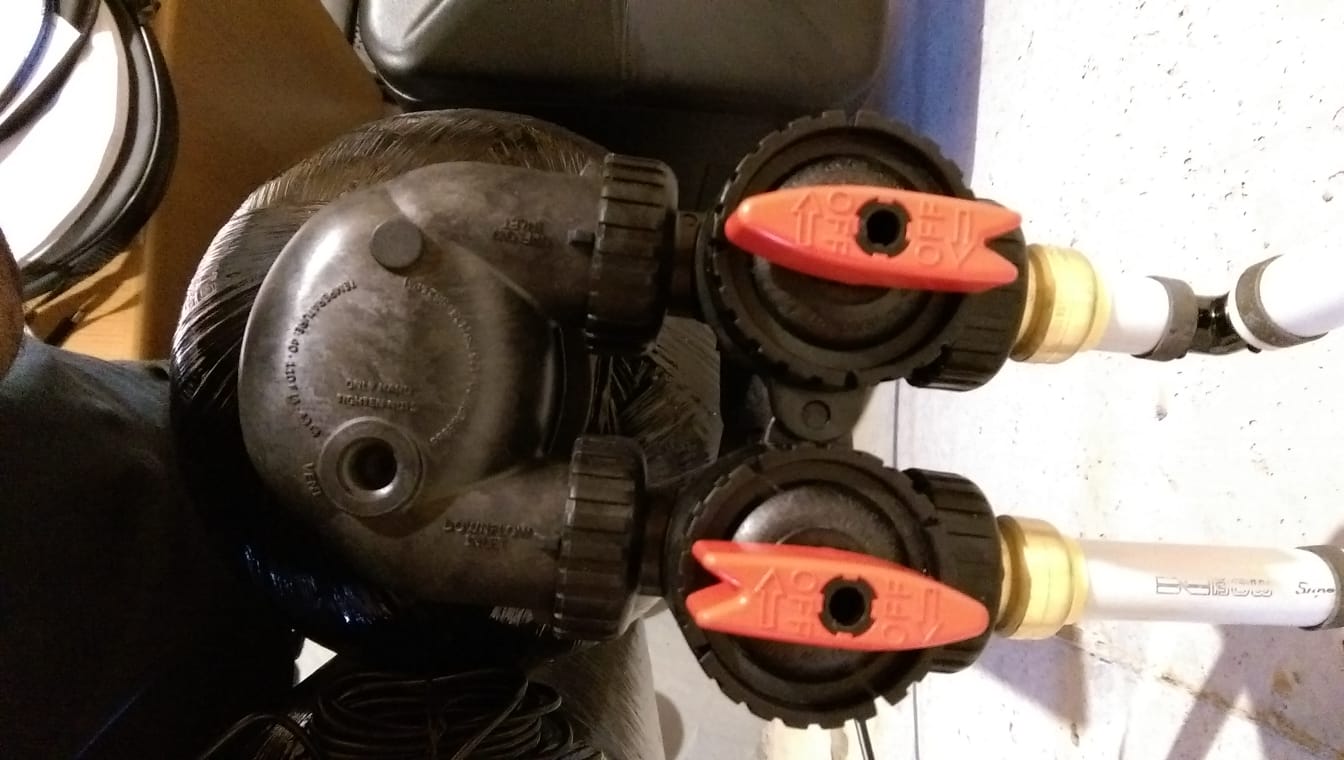sm30
Member
I had a softener installed just over a week ago and the installer left all the settings as default except for the hardness and setting the clock. Are these settings correct or can it be adjusted to be more efficient? I don't want to go to the extreme where I am sacrificing softness for salt, if that makes sense.
I am on city water and here is the water report from my municipality:
Hardness: 8 gpg
Iron: <0.1 ppm
The installer said he tested the hardness and it's around 9-10 gpg.
People: 2
Water usage: ~150 gallons per day
System:
1.5 cu.ft. catalytic carbon 9"x48" tank (free flow)
1 cu.ft. 32,000 grain 9"x48" (Clack WS EA valve)
Main water line 3/4"
Current system settings:
Hardness: 15 gpg
Regen time: Volume based
Capacity: 25,500 grains
Salt Dose: 8lbs
Refill brine setting: PoST
First wash cycle: 8 min
Second wash cycle: 60 min
Third wash cycle: 8 min
Fourth wash cycle: 8 min
Thanks in advance and if I am missing anything please let me know.
I am on city water and here is the water report from my municipality:
Hardness: 8 gpg
Iron: <0.1 ppm
The installer said he tested the hardness and it's around 9-10 gpg.
People: 2
Water usage: ~150 gallons per day
System:
1.5 cu.ft. catalytic carbon 9"x48" tank (free flow)
1 cu.ft. 32,000 grain 9"x48" (Clack WS EA valve)
Main water line 3/4"
Current system settings:
Hardness: 15 gpg
Regen time: Volume based
Capacity: 25,500 grains
Salt Dose: 8lbs
Refill brine setting: PoST
First wash cycle: 8 min
Second wash cycle: 60 min
Third wash cycle: 8 min
Fourth wash cycle: 8 min
Thanks in advance and if I am missing anything please let me know.

